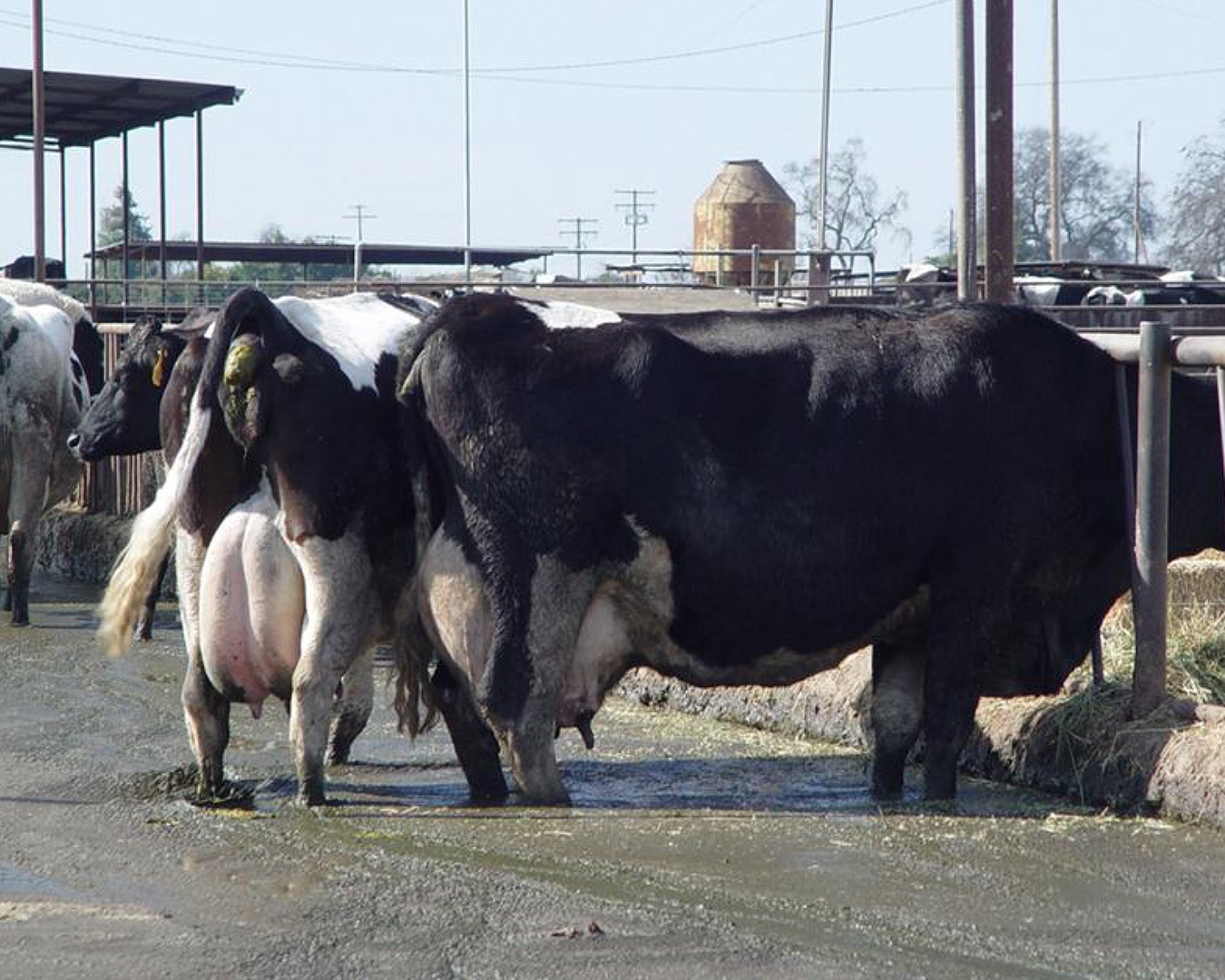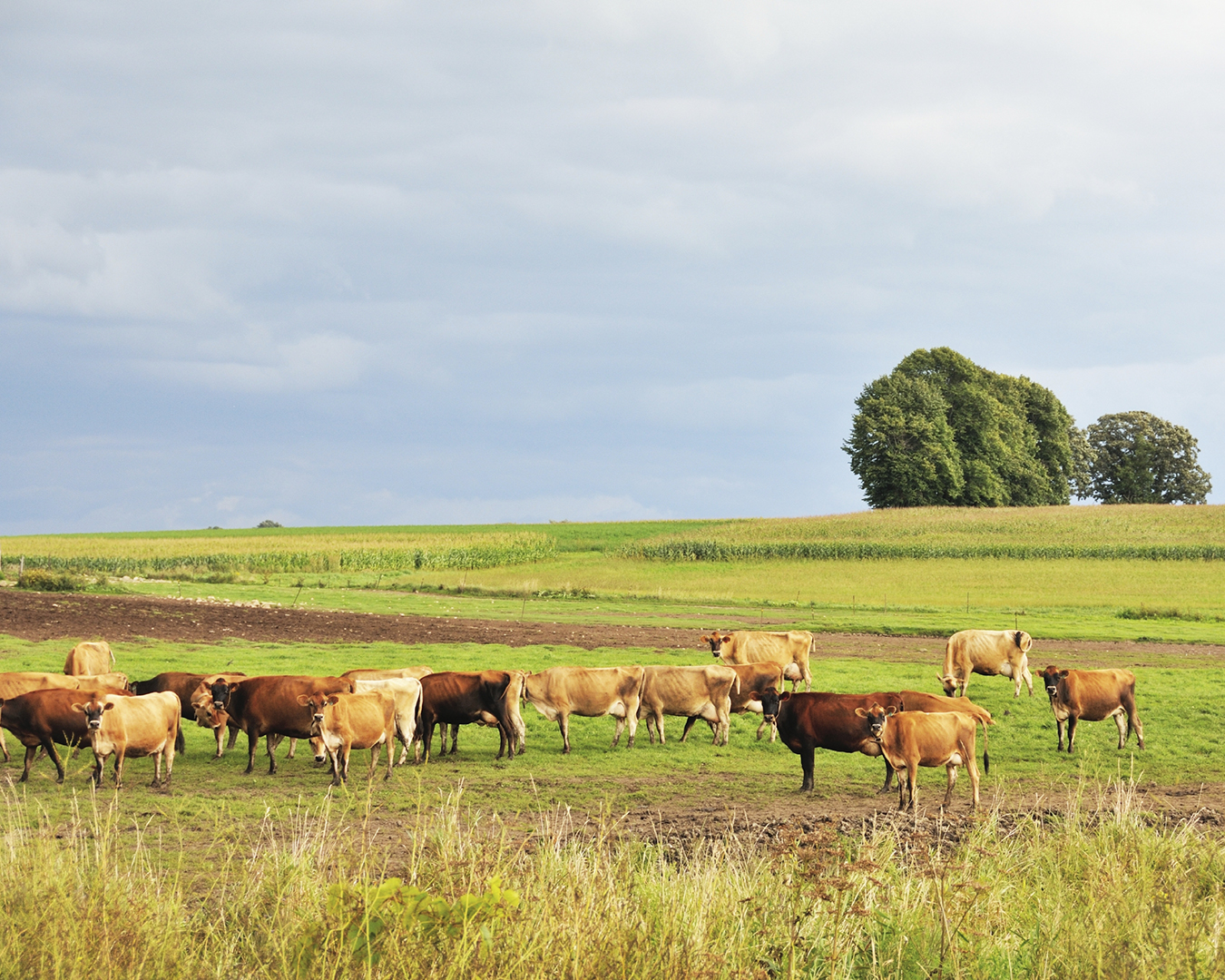

RAW MILK VERSUS PASTURIZED: A CLASH OF CULTURES
In 2016, the International Association for Food Protection (IAFP) allowed a debate on the merits of raw milk versus pasteurized at its annual conference.
The most interesting aspect of the debate was the clear difference in world view between the for and against camps. “My assumption is not that nature is perfect,” said Jeff Kornacki, PhD a proponent of pasteurization. “My assumption is that nature is wild and can be dangerous.” He then referenced the death angel mushroom, which can kill you with one bite—as if to say that raw milk is not just risky, but downright toxic.
True to his public health training, Kornacki noted that 25 percent of foodborne illnesses were associated with milk in 1938; now it’s less than one percent. He left out the fact that these illnesses were in steep decline long before pasteurization became mandatory. Better housing, the advent of refrigeration, the replacement of the horse with the car, better water management, and the closing of filthy inner-city dairies are more likely candidates for the decline.
But to compare the food that nourishes all mammalian infants to a death angel mushroom shows the blinkers that hamper rational thought among public health officials.
When you assume that nature is imperfect and dangerous, you end up with all kinds of inappropriate procedures—from pasteurization to routine antibiotics to vaccinations. For sure, nature needs a certain amount of thoughtful management to make it compatible with human life, but during the last few decades, science has revealed the fact that raw milk is indeed a perfect food—full of many marvels, with more likely to be revealed. Raw milk contains numerous bioactive components that kill pathogens, strengthen the immune system, create a strong gut wall, nourish our gut bacteria, ensure the assimilation of 100 percent of all the nutrients in the milk, and protect it against rot. These are largely destroyed by the rust belt technology of pasteurization.
The closer we look at nature—whether we study raw milk, the human biome, the construction of bone, the radar system of bats or the length of eyelashes in different species, the more we are guided to the obvious conclusion: nature is infused with wisdom, and it is incumbent on man to recognize and honor that wisdom. The raw milk drinker looks at nature with awe and respect; the raw milk opponent looks at nature with fear and anger, as something that needs to be sanitized and “improved.”

